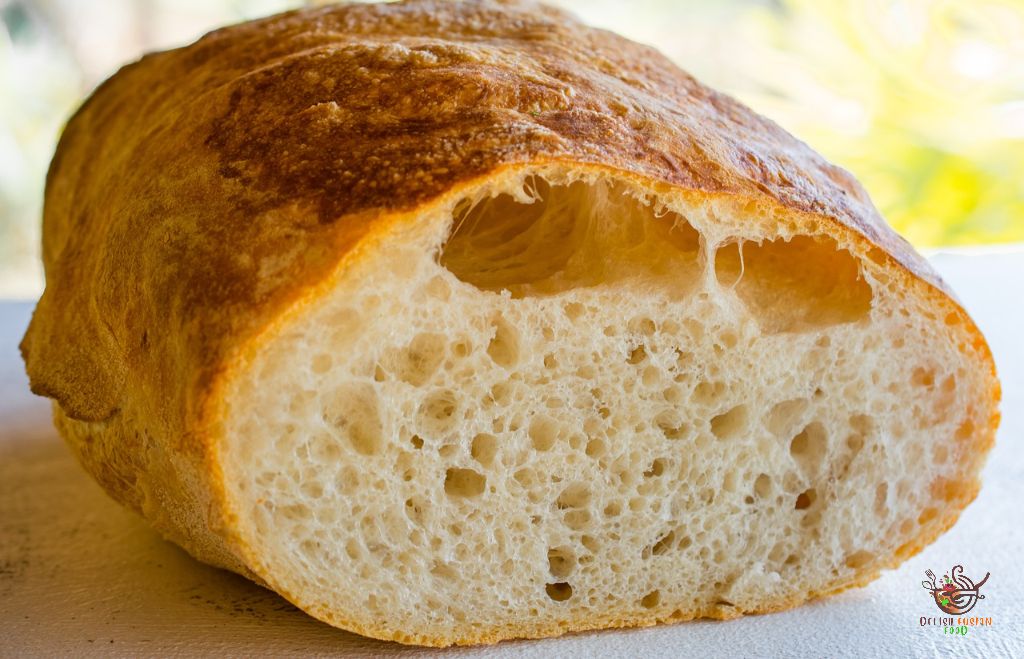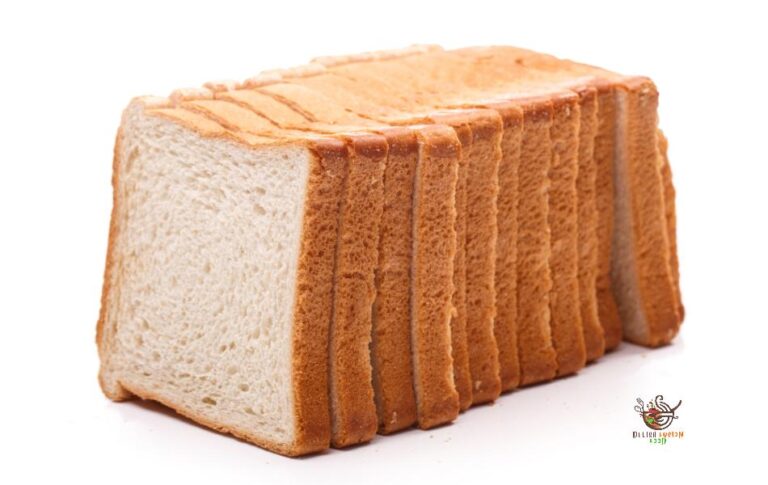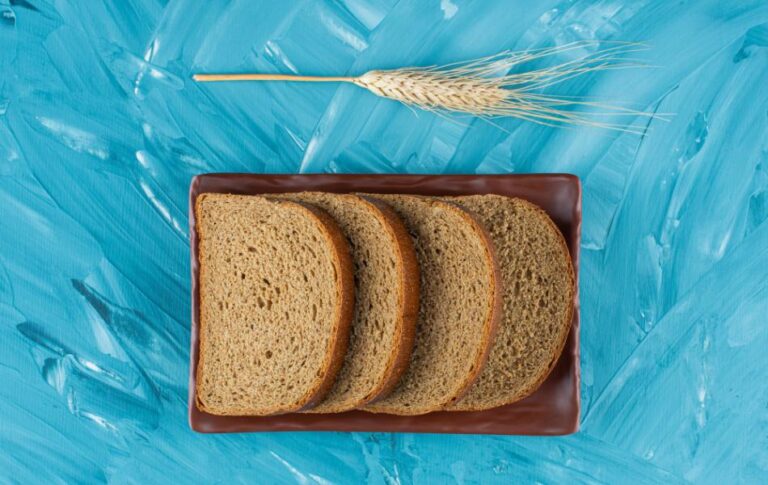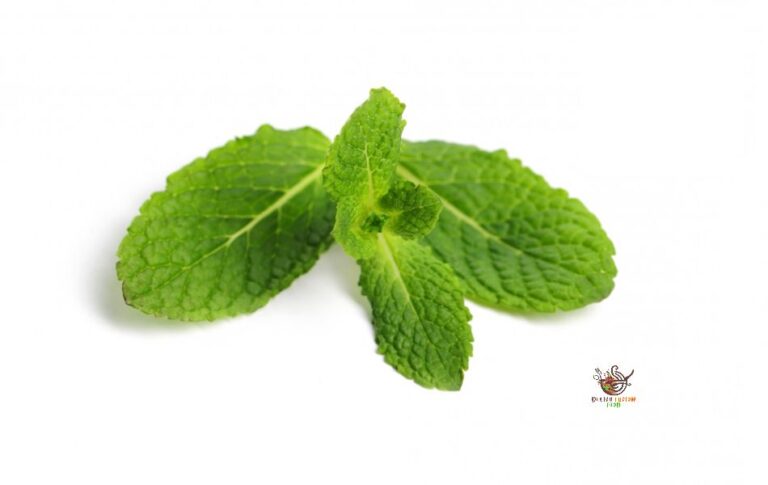Is Ciabatta Bread Healthy? The Pros and Cons Unveiled
Ciabatta, with its unmistakable aroma and delectable blend of tangy, sweet flavors, coupled with a soft interior and crusty exterior, has become a staple in the world of bread. But behind this delicious facade lies a pertinent question: “Is ciabatta bread healthy?”
In Short
Explore ciabatta bread’s nutrition facts, weighing its health benefits like bone health and blood sugar regulation against potential downsides such as gluten sensitivity and high sodium content.
Ciabatta’s Nutritional Snapshot
Before we evaluate its healthiness, let’s dissect the ciabatta’s nutritional composition. Ciabatta, often considered a quintessential Italian bread, is primarily crafted from high-gluten flour, which sets it apart from other bread varieties. However, concerning nutritional value, it doesn’t quite measure up to its whole-grain counterparts.
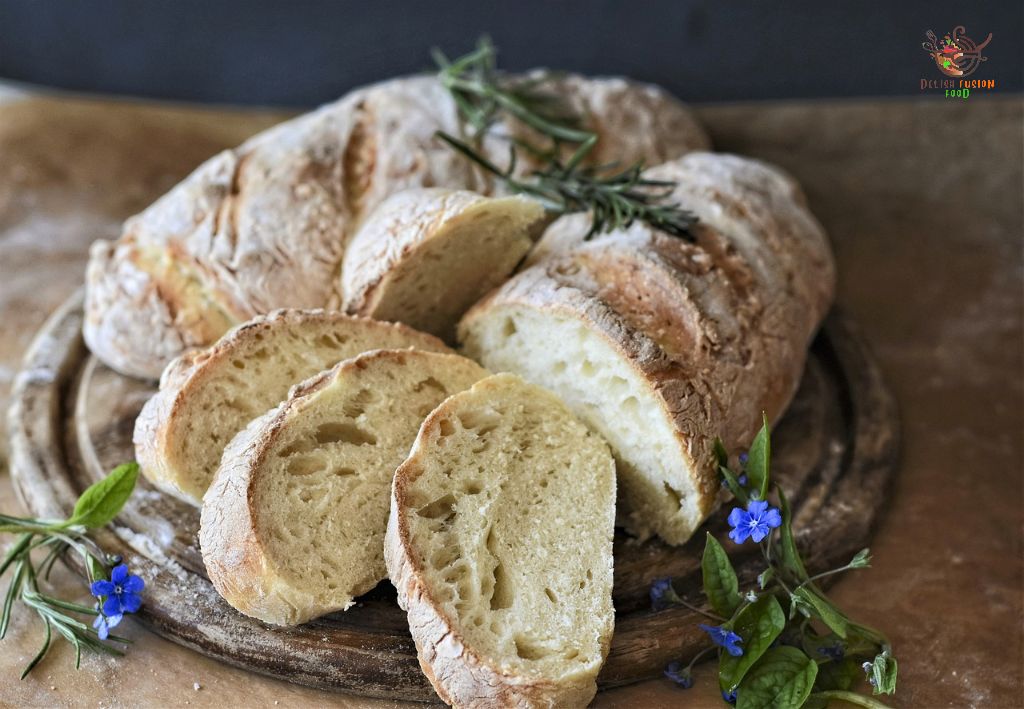
Calories and Macronutrients
- Calories: A 50g serving of ciabatta boasts around 130 calories, with most of its energy derived from carbohydrates and a small proportion from fats and proteins. While it contains some heart-healthy unsaturated fats from olive oil, the overall fat content is minimal.
- Protein: Ciabatta provides about 5g of protein per serving, and a notable portion of it comes from gluten. It could potentially be problematic for those with gluten sensitivity.
- Carbohydrates: A 50g serving provides approximately 20g of carbohydrates, with the drawback of mostly refined carbs. These carbs lack essential nutrients, digest quickly, and offer little satiation, potentially leading to overeating.
- Fats: The fats in ciabatta primarily come from olive oil, offering heart-healthy monounsaturated fatty acids. However, the fat content is relatively low, at around 0.5 grams per serving.
- Sodium: Ciabatta bread contains sodium, with one serving providing approximately 320 milligrams. Monitoring sodium intake is important, as excessive sodium can lead to health issues.
- Fiber: While not exceptionally high in fiber, ciabatta offers about 1 gram of dietary fiber per serving, which supports healthy digestion.
Health Benefits of Ciabatta Bread
Contrary to its less impressive nutritional profile, ciabatta does offer some potential health benefits:
- Reduces the Risk of Crohn’s Disease
Ciabatta’s high fiber content can soften stools and prevent constipation, potentially reducing the risk of Crohn’s disease. - Improves Bone Health
Some ciabatta-type breads incorporate whole grains rich in calcium, promoting strong bones and combating osteoporosis. - Regulates Blood Sugar Levels
Whole-grain ciabatta’s high fiber content helps stabilize blood sugar levels, making it a potentially suitable option for those with diabetes.
Potential Side Effects of Ciabatta
Ciabatta bread, particularly when not made with whole grains, may have adverse effects on certain individuals:
- Allergic Reactions
Wheat allergies or gluten sensitivity can lead to allergic reactions, causing symptoms like stomach cramps, diarrhea, and gastrointestinal distress. Seeking medical advice is crucial if you suspect such allergies. - Hypernatremia
Ciabatta bread with a high salt content may contribute to hypernatremia, characterized by excessive sodium levels in the blood. This condition can result in muscle weakness, lethargy, and cognitive impairment. - Kidney Damage
The phosphorus and sodium content in ciabatta and other white bread varieties could harm the kidneys by increasing blood pressure and reducing water removal.
Nutrition Facts of Ciabatta
For a comprehensive understanding of ciabatta’s nutritional content, here’s a breakdown of 100 grams of ciabatta bread:
- Calories: 259 kcal
- Net Carbs: 46g
- Fiber: 2.1g
- Sugar: 4.69g
- Fats (Total): 2.73g
- Protein: 9.49g
- Cholesterol: 0mg
Analyzing the Nutrition Facts
High in Calories
A single serving of ciabatta supplies approximately 259 calories, which can pose challenges for effective weight management. Excessive calorie intake may elevate low-density lipoprotein levels, increasing the risk of heart disease, high blood pressure, and coronary artery issues.
Moderate Amount of Proteins
The elevated protein levels can support muscle growth and repair. For overall health, your body requires protein to upkeep bones, muscles, cartilage, and skin. However, considering ciabatta’s 9.49 grams, it’s advisable to explore protein-rich alternatives such as chicken, lean beef, eggs, or cottage cheese.
Low in Fats
The limited unsaturated fats in ciabatta aren’t sufficient for enhancing your well-being. With 2.73 grams of fat, it can potentially contribute to artery plaque buildup. Instead, consider incorporating nutritious high-fat foods such as duck meat, black olives, coconut oil, walnuts, and pumpkin seeds into your diet.
High in Carbs and Sugars
A high intake of carbs and sugars isn’t beneficial for the body, as these nutrients can promote weight gain and increase the risk of heart disease. Research indicates that a diet rich in carbohydrates may promote significant gastrointestinal discomfort and lead to a notable decrease in HDL levels.
Ciabatta bread, with its delectable taste and unique texture, may not be the healthiest option on the bread aisle. Its refined flour and limited fiber content contribute to a high-calorie, low-nutrition profile. However, whole-grain varieties of ciabatta can offer health benefits, including improved bone health and blood sugar regulation.
For those with allergies or specific dietary concerns, it’s essential to exercise caution and explore alternative bread options. Ultimately, like many indulgent treats, enjoying ciabatta bread in moderation is the key to a balanced and healthy diet.
As with any dietary choice, it’s advisable to consult with a healthcare professional or nutritionist to determine the best bread options based on individual health goals and needs. So, the next time you reach for that freshly baked ciabatta roll, remember that while it may not be the healthiest choice, it can still be a delightful occasional treat when consumed mindfully.

